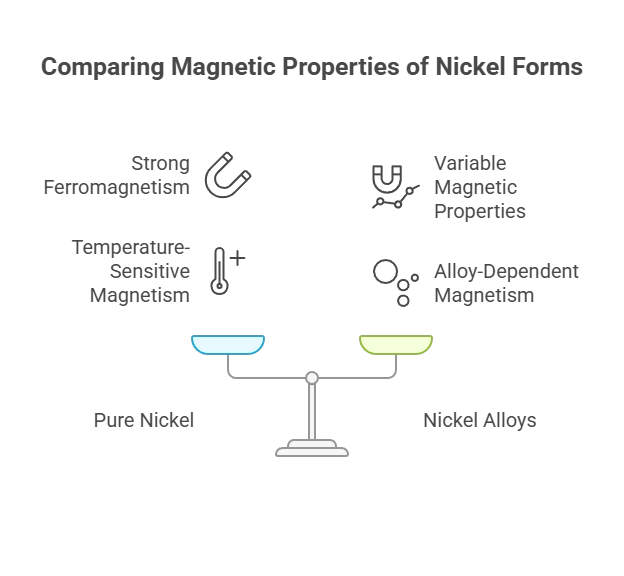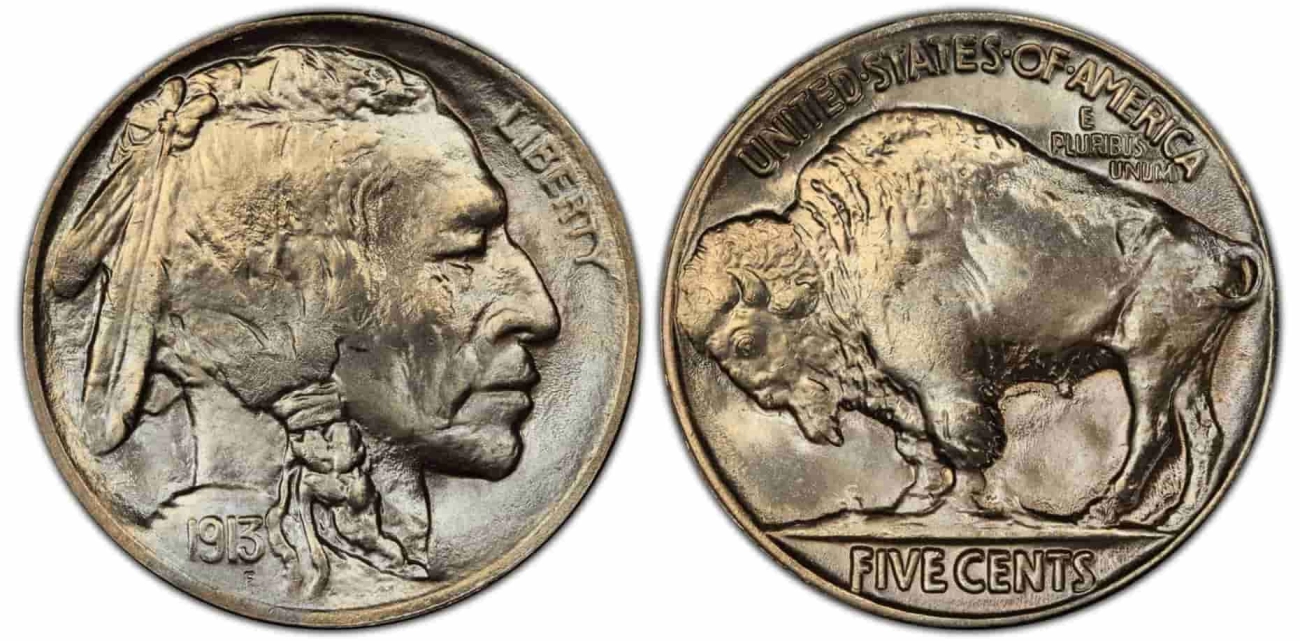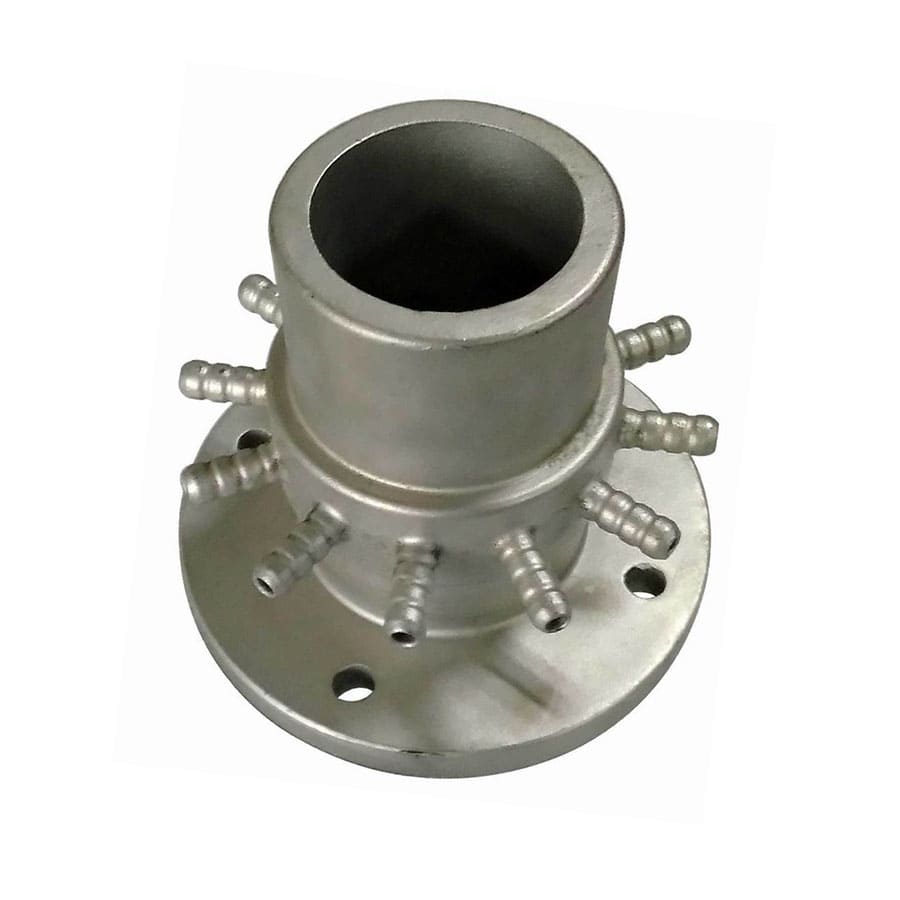Discover if nickel is magnetic explore its ferromagnetic properties why coins don’t stick and real-world uses explained simply and clearly
Is nickel magnetic? You’ve probably tried sticking a nickel coin to your fridge magnet and noticed it just won’t hold. That’s where the confusion starts. Surprisingly, pure nickel is indeed magnetic, but the everyday nickels in your pocket aren’t—thanks to tricky alloys and copper’s influence. If you’ve ever wondered why, you’re in the right place. In this post, we’re unpacking the science behind nickel’s ferromagnetic properties, debunking myths about coins, and showing you how to test nickel magnetism yourself. Curious yet? Let’s dive in and clear up this common metal mystery!
The Basics of Magnetism What Makes a Metal Magnetic Nickel’s Place in the Periodic Table
Magnetism is a force caused by the movement of electric charges, and in metals, it often comes down to tiny regions called magnetic domains. These domains align in certain metals, creating a magnetic field. What makes a metal magnetic mainly depends on its atomic structure—specifically, the presence of unpaired electrons. When these unpaired electrons spin in the same direction, the metal can become magnetic.
Nickel is one of the transition metals found in the middle of the periodic table. Its atomic number is 28, and it has several unpaired electrons, allowing it to exhibit magnetic properties. Alongside iron and cobalt, nickel is one of the few elements that are naturally ferromagnetic, making it stand out in both nature and industry. Understanding where nickel fits on the periodic table helps explain why it behaves the way it does when it comes to magnetism.
Is Nickel Magnetic Yes Pure Nickel Is Ferromagnetic Strength Compared to Other Metals

Yes, nickel is magnetic. Pure nickel is a ferromagnetic metal, which means it can be strongly attracted to magnets and can itself become a magnet. This ferromagnetic property comes from the way nickel’s atoms line up in magnetic domains, making it one of the metals that hold a magnetic field well.
Compared to other common ferromagnetic metals like iron and cobalt, nickel’s magnetic strength is moderate. It’s not as powerful as iron but still significantly stronger than metals that are only weakly magnetic or paramagnetic, like copper or aluminum.
Nickel also has a Curie temperature around 627°F (about 330°C), which means it loses its magnetism above this temperature. This makes it reliable in many everyday applications that involve moderate heat.
In short, pure nickel’s ferromagnetic properties are solid enough to be used in magnets, electronics, and industrial tools, making it an important metal in the U.S. market for both manufacturing and consumer products.
Busting Myths The Coin Conundrum U.S Nickels Explained Alloys and Stainless Steel Surprises

A common myth is that U.S. nickels are magnetic because of their name, but that’s not exactly true. Genuine nickel metal is indeed ferromagnetic, but U.S. nickels are actually made from a 75% copper and 25% nickel alloy. This mix makes the coins mostly non-magnetic, so they won’t stick to a magnet like pure nickel would.
When it comes to alloys and stainless steel, things get even trickier. Some stainless steel grades contain nickel, but depending on their composition, they can be magnetic or not. For example:
- Austenitic stainless steel (which has a good amount of nickel) is typically non-magnetic.
- Martensitic and ferritic stainless steels have less or no nickel and tend to be magnetic.
So, just because something contains nickel doesn’t automatically make it magnetic. The way metals are mixed changes their magnetic behavior a lot. This is important for anyone testing magnetism at home or in industries, where assumptions about nickel can lead to confusion.
Testing Nickel Magnetism Simple At Home Tests Advanced Detection Tools
If you want to check if nickel is magnetic, there are easy ways to do it at home and some advanced options too.
Simple At Home Tests
- Use a magnet: The quickest test is to grab a strong magnet and see if it sticks to the nickel item. Pure nickel is ferromagnetic, so magnets will cling to it firmly.
- Try a U.S. nickel coin: Keep in mind that U.S. nickels are actually made from a nickel-copper alloy, which makes them less magnetic. The magnet might be weak or barely hold.
- Look for stainless steel surprises: Some stainless steels containing nickel may or may not be magnetic, depending on their alloy. If your stainless item doesn’t attract the magnet, it might have more nickel mixed with other metals.
Advanced Detection Tools
For deeper testing, especially if you work in industries dealing with metal sorting or quality checks, here’s what experts use:
- Gauss meters: These measure the strength of a material’s magnetic field and can confirm how ferromagnetic the nickel sample is.
- Magnetic domain imaging: This tool visually shows magnetic domains inside metals, giving a clear picture of nickel’s ferromagnetic properties.
- Eddy current testers: Often used for alloys and stainless steel, this detects magnetic differences without damaging the metal.
Testing nickel magnetism accurately helps you understand its behavior, especially if you’re handling different nickel-based materials in the U.S. market. Whether it’s coins, stainless steel tools, or pure nickel pieces, knowing how to test it gives you the edge in practical applications.
Applications in Magnets and Electronics Industrial and Everyday Uses
Nickel’s magnetic qualities make it a key player in many industries across the U.S. Because pure nickel is ferromagnetic, it’s widely used in making strong permanent magnets like Alnico, which combine aluminum, nickel, and cobalt. These magnets show up in electronics, motors, and sensors we rely on every day.
Besides magnets, nickel is essential in electronics for its magnetic domains and ability to maintain magnetism under different conditions. It’s commonly found in components like hard drives, speakers, and microphones.
In industry, nickel’s magnetic traits contribute to how stainless steel performs, especially in tools and appliances around American homes. While some stainless steel versions are non-magnetic, others contain enough nickel to respond to magnets, useful in quality control and product sorting.
Everyday, you’ll also find nickel in rechargeable batteries, allowing them to hold and transfer current efficiently due to its magnetic and conductive features. Whether it’s your smartphone, electric vehicle, or household appliance, nickel quietly plays a vital role thanks to its magnetic properties and durability.
Key applications include:
- Alnico permanent magnets used in motors and sensors
- Magnetic components in electronics like hard drives and speakers
- Nickel-containing stainless steel tools and kitchen appliances
- Rechargeable batteries, especially nickel-cadmium and nickel-metal hydride types
Overall, nickel’s ferromagnetic properties make it invaluable in technologies that matter to American consumers and industries alike.

